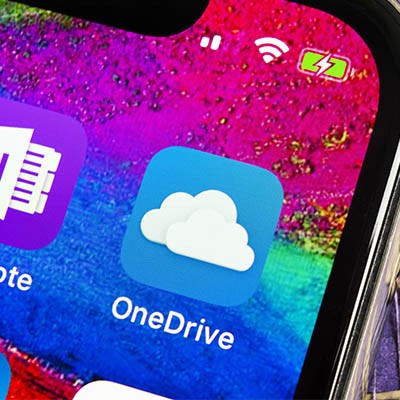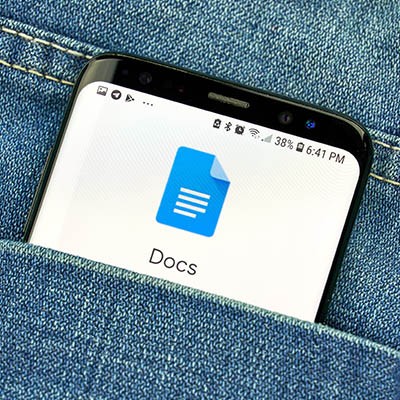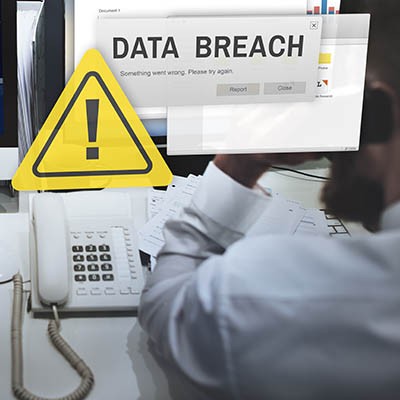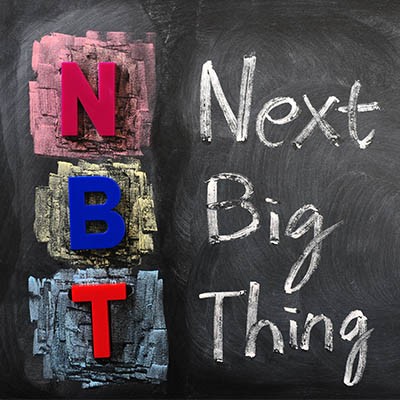Ferrum Technology Services Blog
In many ways, explaining why sufficient cybersecurity is important for your business has become redundant - especially when it is much more important to understand how this cybersecurity needs to protect you. The threats to data and privacy are known, but no less potent. In order to counter them, you need to make sure you have what you need to protect your business - starting with a few key considerations.
Statistically speaking, there’s a pretty good chance that you use Microsoft Office 365 in your business, which means you can use OneDrive, Microsoft’s contribution to cloud-based storage and collaboration. If this is how your users work productively, they are probably already familiar with how they can share these documents - but what if there are some things you don’t want freely shared around? Today, we’re going over how you can restrict OneDrive sharing capabilities.
Conferencing software is bringing a whole new angle for businesses to communicate with staff and clients, alike. This is shifting the way companies do business; and, with this newfound freedom, they are expanding their reach and being more efficient. Let’s take a look at the features that come with the best conferencing solutions and how they help businesses improve their operations.
Your business relies on its servers in order to function - which makes it incredibly important that these servers are sufficiently protected. There are a few practices that you can put into place that will help you to secure your server room. Let’s work our way from the inside out as we review them.
With personal privacy being a major public topic, Apple decided to give users more control over their data.
Back in July, Apple had admitted that it was holding and listening to recordings of iOS users who use Siri. This wasn’t much of a surprise, since we know that Amazon and Google do the same with their digital assistants. Apple now lets you delete the conversations you’ve had with Siri.
Businesses heavily rely on multiple different inter and intra communication methods to better fulfill the needs of employees and clients alike. While the use of email or direct message may suffice for specific scenarios, there are no data sharing options available greater than verbal communication. Many businesses underutilize conferencing platforms, so today we thought we would share some of the benefits that your business should be taking advantage of.
I wanted to share a few stories we’ve gathered about times when a person or business has lost data. First, thank you to everyone who shared these stories with us and allowed us to publish them on our blog, and… we’re glad you made it through. The first one is a story about someone who learned their lesson the hard way.
You always read about the multitude of ways you can improve your business, but next to zero of them talk about what amounts to the elephant in the room: your staff. The workforce is a massive expense for most businesses; and, if it isn’t, it’s likely because you do a lot of things yourself. So, knowing that it becomes important to understand the financials around the people you have working for you. Basically, each worker has a number, and if you are getting that number out of their efforts, interfering with their work dynamic (to try to get more out of them) may actually have the opposite effect.
There are hundreds of things that a business owner has to do, so managing the security of the data coming in and going out from mobile devices might not make the hierarchy of considerations that need to be immediately addressed. Today, we will take a look at why paying attention to the mobile end of your business is so important, how Mobile Information Management (MIM) helps with that, and how MIM fits in with the rest of your mobile strategy.
Common opinion more or less states that passwords aren’t so much “necessary,” as they are a “necessary evil.” The best practices that are recommended to maintain the efficacy of passwords today can certainly feel excessive - which tempts many users into ignoring these practices, to the detriment of their security. Fortunately, many large companies - like Google - are trying to make passwords easier to manage.
Google’s offering is much greater than that of a simple search engine. It is hard to even imagine a time when the extent of the services offered by Alphabet, Inc. were just the search functionality that introduced a new verb into the public lexicon. Now, the applications that make up what is known as the G Suite are used by businesses everywhere. Here, we’ll go over some of the included features, and how your business can benefit from them.
If you have a bank account or a credit card, chances are you’ve been made aware of a hack or a data breach. Big organizations are more frequently being breached, forcing them to run damage control for the often millions of customers affected. News coverage often bashes these big organizations, but what about smaller ones? The truth is, smaller businesses are breached just as often, with the consequences being just as severe.
AR, or augmented reality, has been touted as the next “big thing” for nearly a decade, while other “big things” have been introduced. Google Glass almost made AR more commonplace, but security and privacy concerns turned it into a non-starter. Today, AR has taken a new life, so let’s review some predictions for the future.
Do you have a smartphone? Do you feel as though your data is secure on it? Users are relying on smartphones more and more to accomplish daily tasks. This means there is a massive amount of data traffic each day transferred to and from your device, and potentially transferred into the hands of a cybercriminal.
Patching your software is one of the most important, yet ignored, tasks in computing. Keeping all of your software up to date with the latest threat definitions can help your business’ IT stay secure. Recently, in a somewhat atypical move, Microsoft has announced that they have released an emergency out-of-band security update to fix two critical security issues.
Let’s face it, cybersecurity now has to be a major point of emphasis for the modern business. With the immense amount of threats out there, cybersecurity it has grown into a multi-billion dollar a year industry, with no limit in sight. Just a few decades ago, there was no fileless malware, no ransomware, no botnet army lying in wait to DDoS corporate data centers into oblivion. Today, we take a look at the brief (albeit rapidly growing) history of cybersecurity.




















